SQM and Codelco begin talks over lithium partnership in Chile
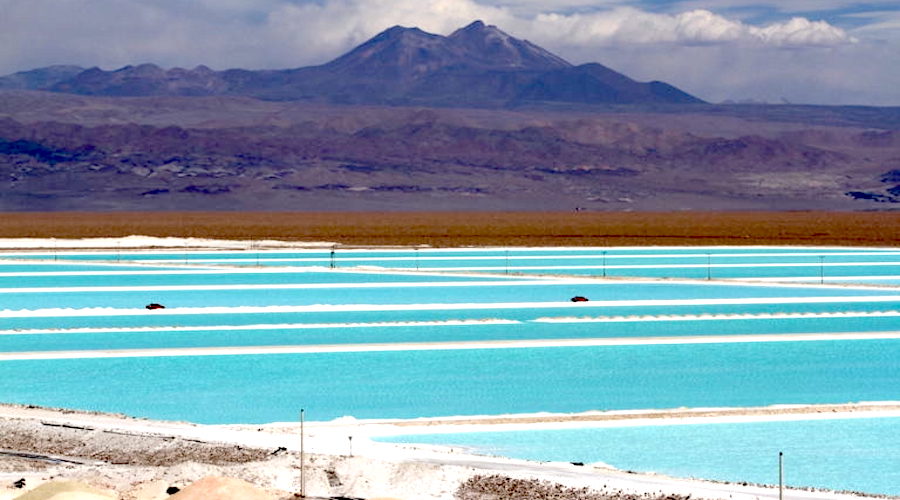
SQM (NYSE: SQM), the world’s second largest lithium producer, and Chile’s state-owned copper miner Codelco, have formally begun talks aimed at setting up a public-private partnership to extract the battery metal in the Atacama salt flat.
The negotiations between the firms are part of the new national lithium strategy President Gabriel Boric announced in April. The plan identifies the Salar de Atacama as a strategic asset because it contains the country’s largest known lithium resources as well as the only active operations.
SQM’s contract with Chile’s development agency Corfo, owner of the assets in the Antofagasta region salt flat, expires in 2030.
The contract for the world’s no.1 lithium producer, Albemarle (NYSE: ALB), which is the only other active lithium miner in the Atacama, runs out in 2043.
SQM CEO Ricardo Ramos said the company had “a common vision” with Codelco in the development of salt flats, which is increasing lithium production from the area.
Codelco’s chairman, Maximo Pacheco, noted the road ahead will be “extremely complicated”, as the copper giant must, by mandate, own a controlling majority through its recently created unit Minera Tarar.
Pacheco reiterated that any agreement will need to be approved by the boards of Codelco and Corfo, which currently issue lithium contracts.
Both SQM and Codelco said talks will be kept confidential until the final documents are signed or “negotiations are terminated.”
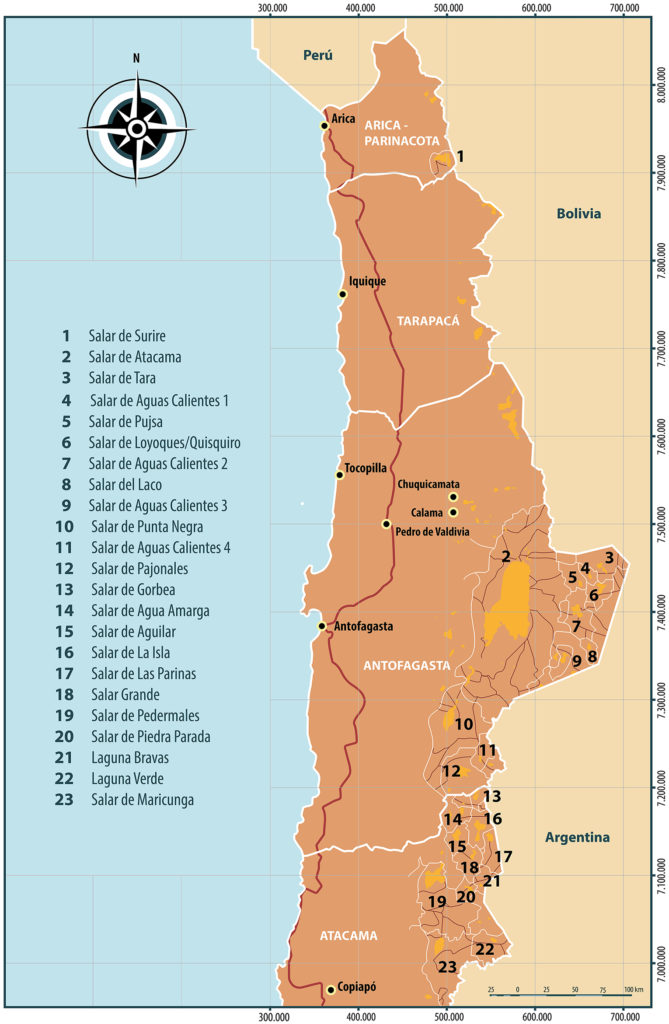
Chile is trying to juggle its intention to secure state control of the industry while attracting more private capital, defending the environment and moving further down the value chain.
The government has identified 18 salt flats in the country’s north, which will be open to foreign capital under a variety of business models, mining minister Marcela Hernando told MINING.COM.
Currently, the only strategic lithium area is the Atacama salt flat, which supplies nearly one-quarter of the globe’s lithium.
In the others salt flats, each company will negotiate with representatives of either Enami or Codelco. The result of such negotiations will be presented to a committee integrated by the ministers of mining, finance, economy and environment, the vice presidency of Corfo and the country’s President.
World’s second highest lithium concentration
According to José Cabello, a geologist with decades of experience in the lithium market and head of consulting firm Mineralium, the Atacama and Maricunga salt flats host combined potential of 10.8 million tonnes, corresponding to 64% of global reserves of the battery metal.
Nine other salt flats could contribute 3.3 million tonnes more, in addition to lithium brines in another 13 salt flats and 36 prospective areas, Cabello noted.
Codelco, which explored Maricunga for almost seven years until May 2023, said on Tuesday that work to date revealed this salt flat has the world’s second highest lithium concentration.
“Of 132 samples analyzed in the laboratory, which were extracted from 10 wells, we have obtained concentrations ranging between 517 and 1,787 milligrams per liter (mg/l) are observed, with an average of 1,073 mg/l and a median of 978 mg/l,” Codelco said in the statement.
The company noted its exploration work on Maricunga is now officially finished, which opens the door to interested partners to continue where Codelco has left off.
“Selective” participation
Minister Hernando says the new state contemplates three options of public-private partnership.
In the first one, Codelco or Enami would conduct prospecting and then negotiate the terms of development with interested parties.
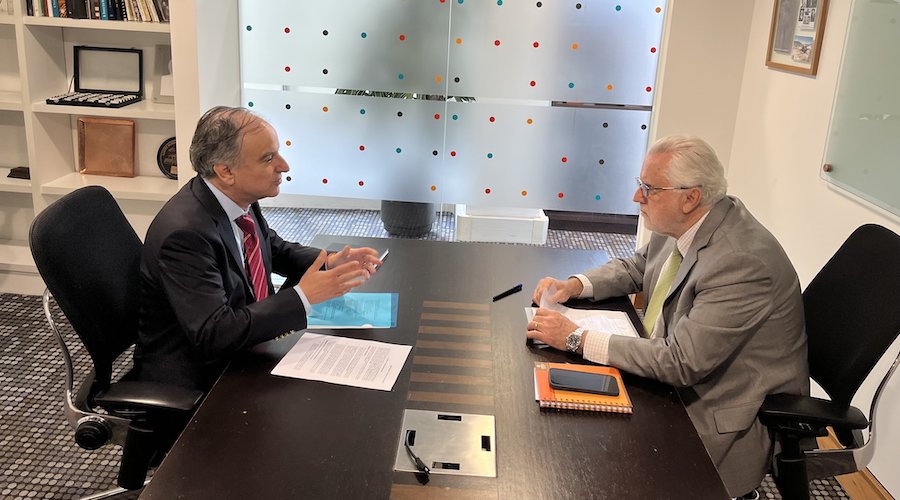
The second modality will see the state partnering with a private company for the exploration stage and will negotiate the next phase with that particular company.
The last option is for the government to grant exploration licences directly to private companies and evaluate results they present.
“Our strategy seeks to help the country create an ecosystem in which more value is added to its lithium industry, especially around issues [such] as technology transfer and worker training,” Hernando said.
Global demand for lithium, according to the government’s projections, will quadruple by 2030, reaching 1.8 million tonnes. Available supply by then is expected to sit at 1.5 million tonnes.
More News
Prime Minister Mark Carney vows to speed permits, make Canada energy superpower
The Liberal Party leader said at a campaign stop in Calgary that his government would create a Major Federal Project Office with a “one project, one review” mandate.
April 09, 2025 | 03:34 pm
Peru mining chamber sees copper output up 2-4% this year
That would put Peru's copper production between 2.79 million and 2.85 million metric tons.
April 09, 2025 | 02:53 pm
Aurubis to ramp up new US copper recycling facility
Aurubus has invested $800 million building the project, which took four years.
April 09, 2025 | 02:50 pm
{{ commodity.name }}
{{ post.title }}
{{ post.excerpt }}
{{ post.date }}

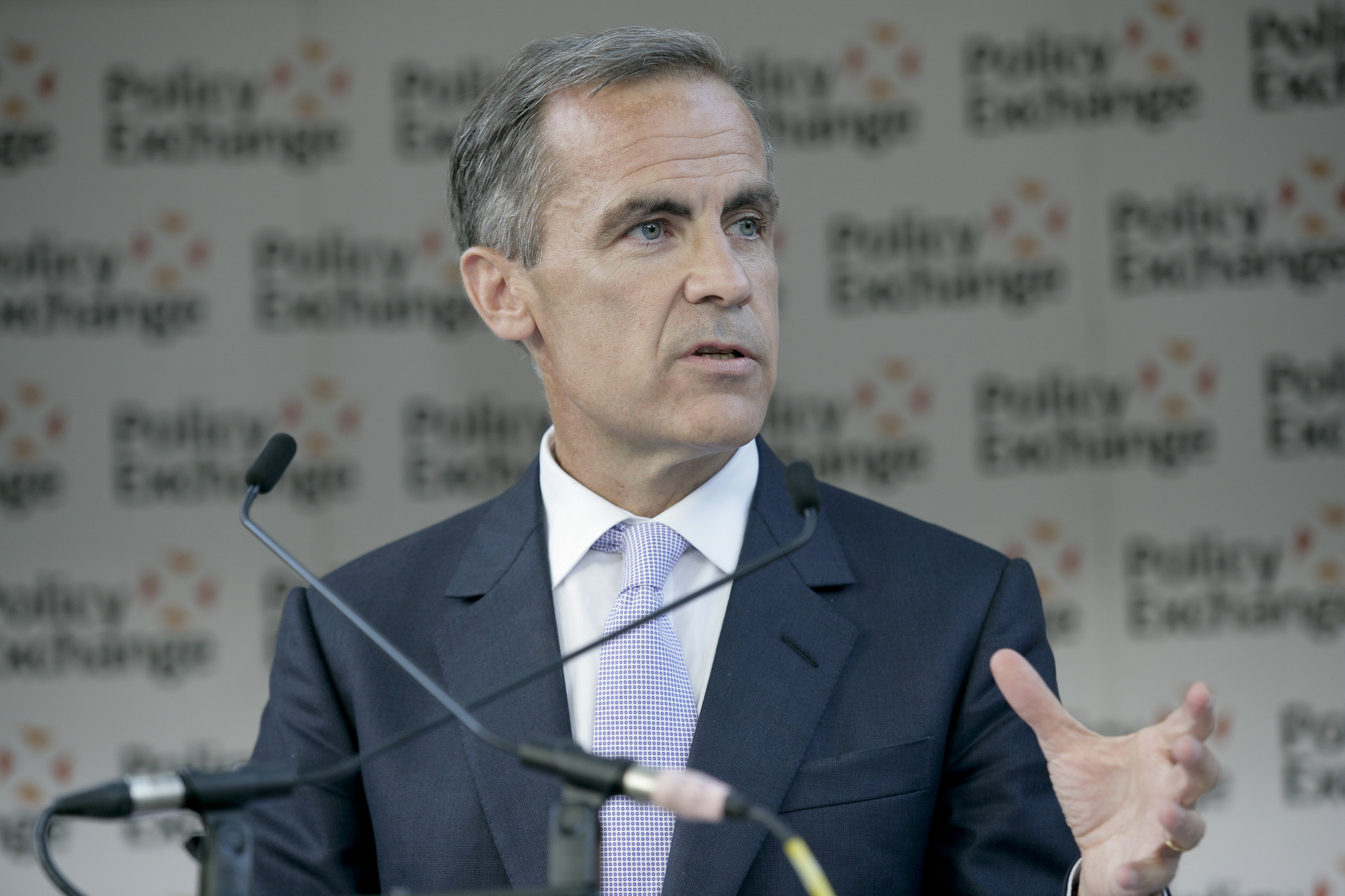
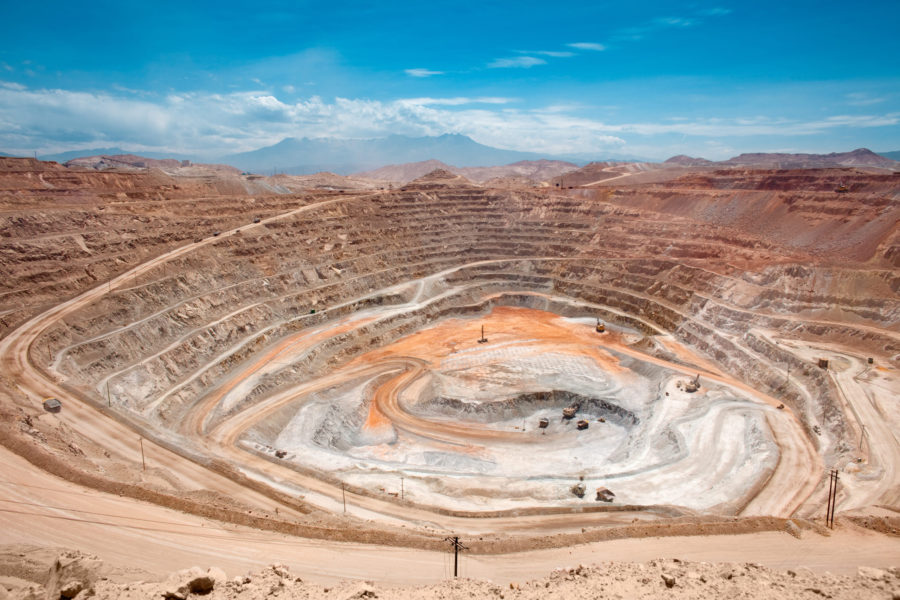
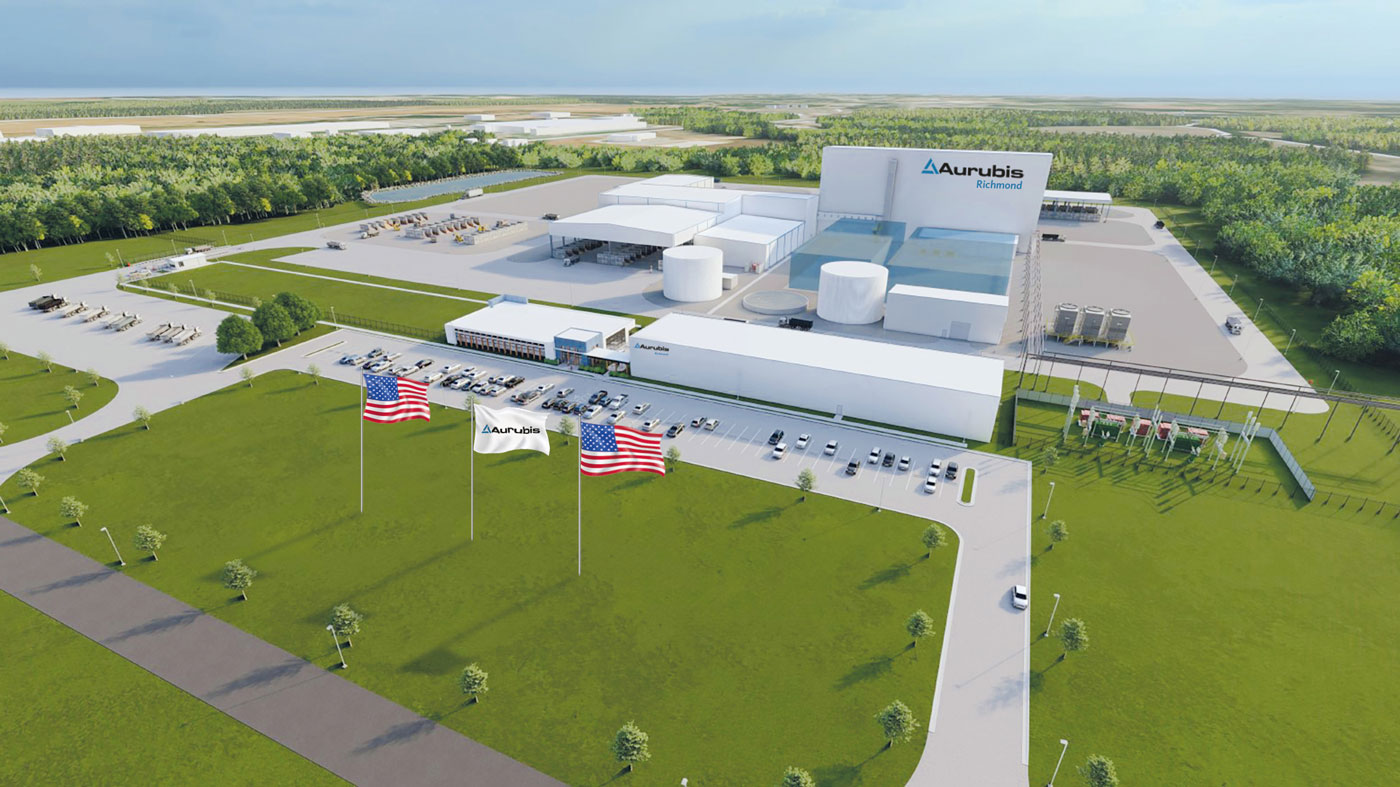
Comments
José Cabello
Very strange situation. Codelco,the copper giant, needs to talk with who only is renting Li claims owned by Chile´s government to extend SQM’s presence. SQM got his participation during an ugly dictatorship, in a very dark negotiation, and still has some legal fight pending with Corfo. Today, under a democratic government this is happening. Moreover, Codelco has all the technical and economical capabilities to take care 100% of any Li operation in northern Chile and elsewhere.Very bad for the modern international mining industry. Against basic sustainable development.